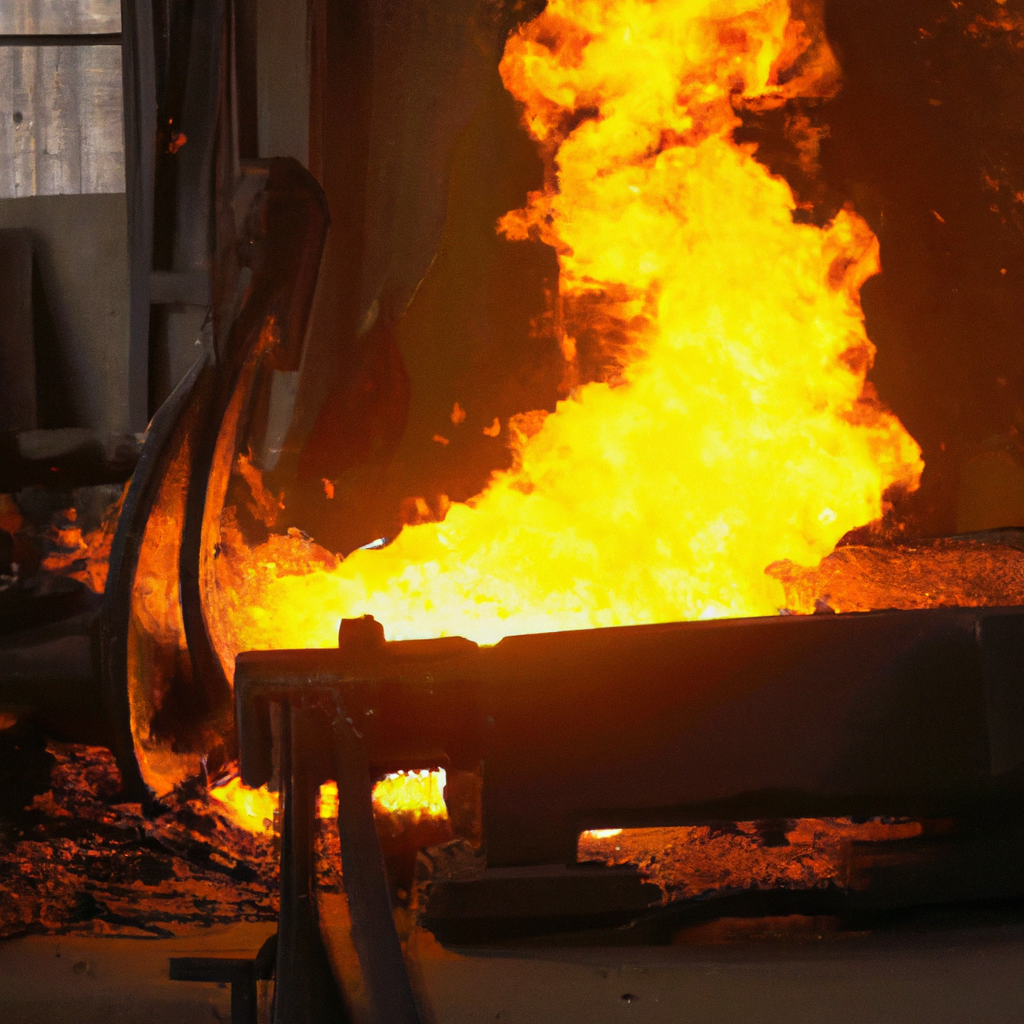Iron is a metal that has been used for various purposes for thousands of years. From building infrastructure to creating tools and weapons, iron has played an essential role in human civilization’s development. But how does an iron work? In this article, we will explore the mechanism behind iron working and the principles of iron that make it so valuable.
The Principles of Iron
Iron is a metal that is known for its durability, strength, and ability to withstand high temperatures. These properties make it ideal for use in a wide range of applications. The principles behind iron working include:
1. Ferromagnetism
Iron is a ferromagnetic material, which means that it can be magnetized. This property makes it useful in the creation of magnets and magnetic materials.
2. Ductility
Iron is a ductile material, which means that it can be stretched into thin wires without breaking. This property makes it useful in the creation of wires and cables.
3. Malleability
Iron is a malleable material, which means that it can be hammered or pressed into thin sheets without breaking. This property makes it useful in the creation of sheet metal.
The Iron Mechanism
Iron machines are machines that use iron as their primary material. These machines are used in a wide range of applications, including manufacturing, construction, and transportation. The mechanism behind iron machines depends on the specific application, but there are a few principles that are common to all iron machines.
1. Strength
One of the primary reasons why iron is used in machines is its strength. Iron can withstand high pressures and forces, making it ideal for use in heavy-duty applications.
2. Durability
Iron is also a durable material that can withstand wear and tear from continuous use. This property makes iron machines long-lasting and reliable.
3. Heat Resistance
Iron is a material that can withstand high temperatures without melting or deforming. This property makes it ideal for use in applications where heat is a factor, such as in engines and turbines.
How Iron Works
Iron works by forming chemical bonds with other elements to create various types of iron alloys. These alloys have different properties depending on the elements that are combined with iron. Some of the most common iron alloys include:
1. Steel
Steel is an alloy that is made by combining iron with carbon. The amount of carbon that is added to the iron determines the properties of the steel. Steel is a strong, durable material that is used in a wide range of applications, including construction, manufacturing, and transportation.
2. Cast Iron
Cast iron is an alloy that is made by combining iron with carbon and silicon. Cast iron is a brittle material that is used in applications where its brittleness is an asset, such as in the creation of cookware.
3. Wrought Iron
Wrought iron is an alloy that is made by combining iron with a small amount of carbon. Wrought iron is a malleable material that is used in decorative applications, such as in gates and railings.
Conclusion
In conclusion, iron is a valuable material that has been used for various purposes for thousands of years. Its properties, such as strength, durability, and heat resistance, make it ideal for use in a wide range of applications. The mechanism behind iron working depends on the specific application, but the principles of strength, durability, and heat resistance are common to all iron machines. By understanding the principles of iron and how it works, we can appreciate its value and importance in our daily lives.







